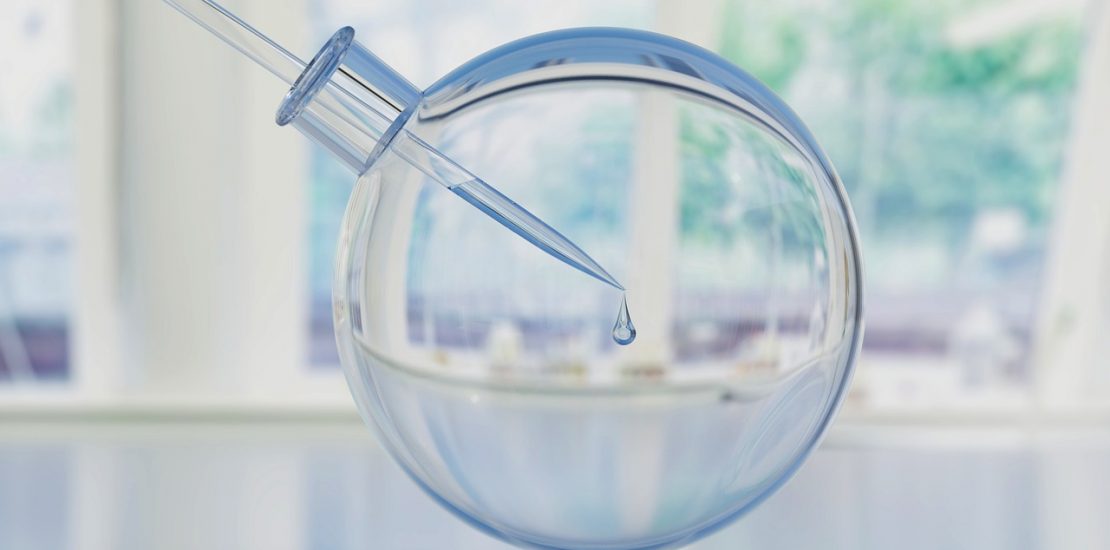Canadian university develops water treatment that removes forever chemicals.
- April 29, 2023
- Posted by: Sinead Sprigg
- Category: Engineering, Technology & Innovation, Water Treatment, North America

Engineers at the University of British Columbia (UBC) in Canada have developed a new water treatment technology that removes “forever chemicals” or per- and polyfluoroalkyl substances (PFAS) from drinking water. The substances are commonly used in raingear, non-stick cookware, stain repellents, and firefighting foam. The PFAS are linked to hormonal disruption, cardiovascular disease, developmental delays, and cancer. UBC chemical and biological engineering professor Dr. Madjid Mohseni and his team developed a unique adsorbing material that captures and holds all the PFAS present in the water supply. The PFAS are destroyed using special electrochemical and photochemical techniques developed in the Mohseni lab.
While there are currently treatments on the market, such as activated carbon and ion-exchange systems, they are not capable of capturing all the different PFAS or require longer treatment times. The new adsorbing media developed by UBC captures up to 99% of PFAS particles and can potentially be reused. It eliminates the need for disposal of highly toxic solid waste, which is another major environmental challenge.
Although PFAS are no longer manufactured in Canada, they are still present in many consumer products and can leach into the environment. When people apply stain-resistant or repellent sprays/materials, wash PFAS-treated raingear, or use certain foams to put down fires, the chemicals end up in waterways. Exposure is through food and consumer products, and PFAS can be present in drinking water, particularly in areas with contaminated water sources.
The UBC team is preparing to pilot the new technology at various locations in British Columbia. Dr. Mohseni believes that the new technology will benefit people living in smaller communities who lack resources to implement the most advanced and expensive solutions that can capture PFAS. The technology can also be used as decentralized and in-home water treatments. The results obtained from the real-world field studies will allow the team to optimize the technology and have it ready as products that municipalities, industry, and individuals can use to eliminate PFAS in their water.
